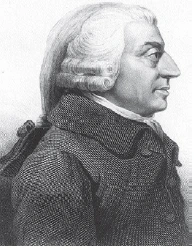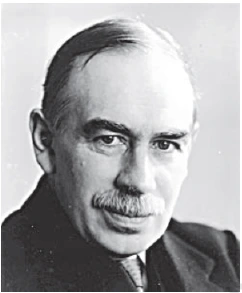![]() 5 Dec 2023
5 Dec 2023
Macroeconomics differs from microeconomics by focusing on the economy as a whole. It deals with questions like overall price trends, employment conditions, and indicators of economic health.
Macroeconomics is simplified by using a single representative commodity to analyze aggregate effects, although it may consider distinct sectors when necessary.
It aims to understand and influence the economy’s performance through policies pursued by the State or statutory bodies, which are distinct from individual decision-makers. These policies often address societal goals, such as reducing unemployment, improving education, and ensuring defense, serving the welfare of the country and its people as a whole.

Adam Smith Adam Smith is regarded as the founding father of modern economics (it was known as political economy at that time). He is well-known for his work “An Enquiry into the Nature and Cause of the Wealth of Nations (1776)”, is regarded as the first major comprehensive book on the subject. The Physiocrats of France were prominent thinkers of political economy before Smith. |
Economic Perspectives: Microeconomics vs. Macroeconomics Dynamics

John Maynard Keynes John Maynard Keynes, a British economist, was actively involved in international diplomacy during the years following the First World War. He prophesied the break down of the peace agreement of the War in the book “The Economic Consequences of the Peace (1919)”. His book “General Theory of Employment, Interest and Money (1936)” is regarded as one of the most influential economics books of the twentieth century. |
|---|
<div class="new-fform">
</div>
